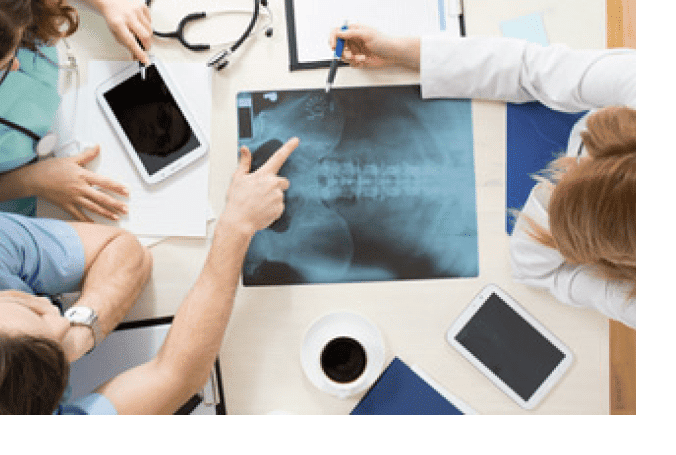
While it may seem like the most likely place for a cyclist to experience pain is in the leg or hip area, a high number of cyclists also experience lower back pain. In fact, there are a number of aspects of the sport of cycling that can cause this type of injury.
Bike Doesn’t Fit the Cyclist
The first, and most common, is a bike that doesn’t fit the cyclist correctly. If a bike frame is too small or too big for a rider—even slightly—it can throw off the entire body movement that goes into riding. The most important piece of this fit is the saddle. If the saddle sits too high and the rider has to overextend to reach the handlebars, it strains the lower back.
Further, if the saddle is too close to the handlebars, the rider will be sitting almost upright. This means that the majority of the shock of the road will be absorbed by the rider’s lower back, again resulting in strained muscles. And, since riding a bike depends on the same repetitive movement over and over again, even a slight imbalance puts a huge stress on your body for a long period of time.
Because of this, it’s important to take the time to find a bike frame that fits your body well and gives you a comfortable ride. Speak with an expert at your local bike shop and have them recommend a frame that will work well for your build. Additionally, a simple 30 second ride around the block won’t tell you enough about whether or not the bike is the right fit. A lot of stores will allow you to take the bike out for a longer ride to make sure it works for you.
Muscle Fatigue
Another reason for lower back pain in cyclists is muscle fatigue. It’s no surprise that leg muscles are the first to get tired over the course of a long bike ride. What is surprising, however, is the results that those fatigued leg muscles have on a rider’s lower back. When calf and thigh muscles become fatigued, the rider tends to lean forward on the bike more than normal. This causes extra strain on the rider’s lower back muscles and leads to residual pain.
One way to avoid this stress on your lower back is to gradually increase the distance and difficulty of your bike rides. As with any other physical activity, doing too much too fast is hard on your body. Slowly increasing the difficulty of your rides will allow your body, and muscles, to adapt to the activity and will result in less pain.
Incorrect Form
Finally, poor cycling form may result in lower back pain. While it may seem like the motion involved in riding a bike is so intuitive that it would be hard do it incorrectly, this isn’t actually the case. For example, if your knees tilt out or if you lean to one side more than the other while cycling, your spine takes the brunt of that unsynchronized movement. It has to compensate for the irregularity and that may result in back pain. If you can find an experienced cyclist to observe your riding movement, they may be able to tell you whether or not your form needs to be adjusted.
While cycling is a low-impact sport, it can result in aches and pains, and not just in your lower body. Lower back pain is one of the most common injuries endured by cyclists, but making sure you’re riding a bike that fits, not over-stressing your body on your rides, and concentrating on proper cycling form will go a long way in preventing this injury. If you are concerned about the pain in your lower back, don’t hesitate to contact Dr Hamid R. Mir MD, a board certified spine surgeon in Orange, CA.



